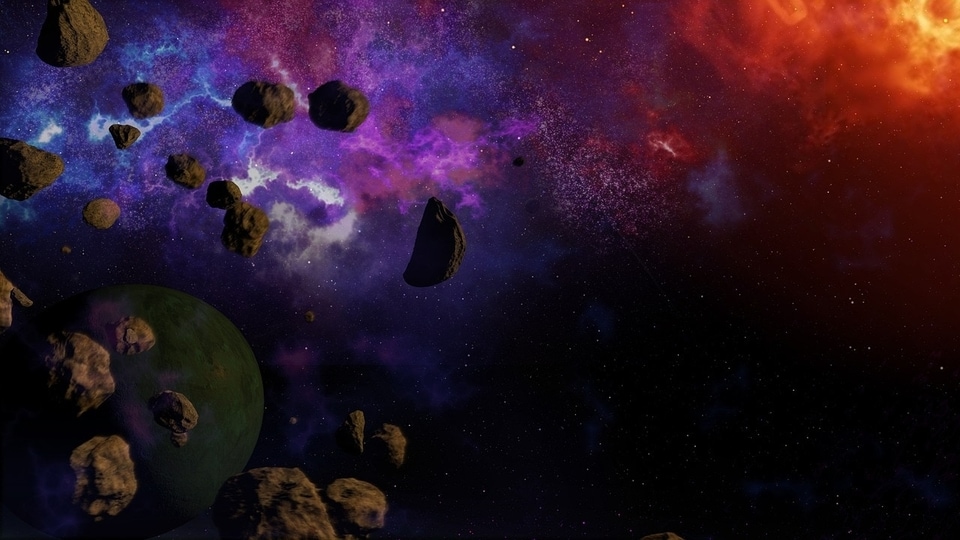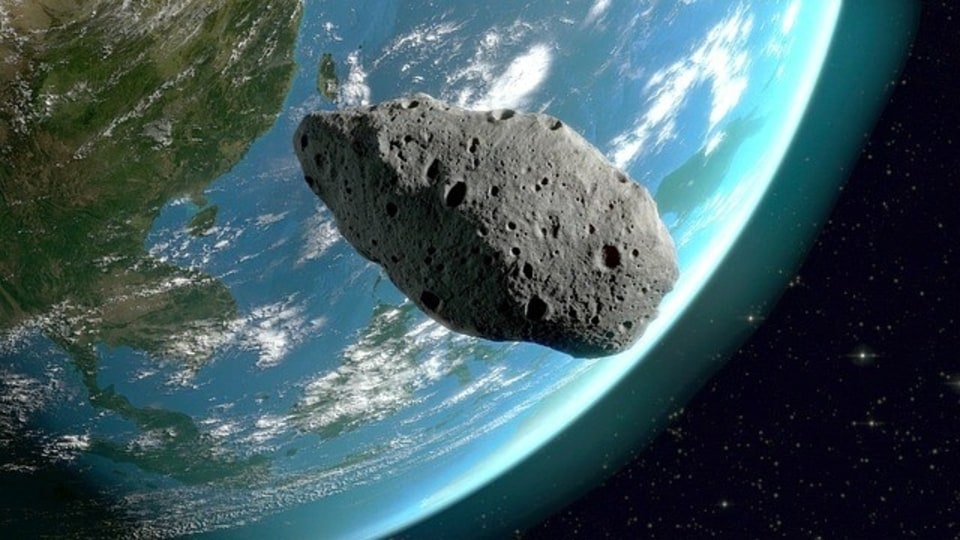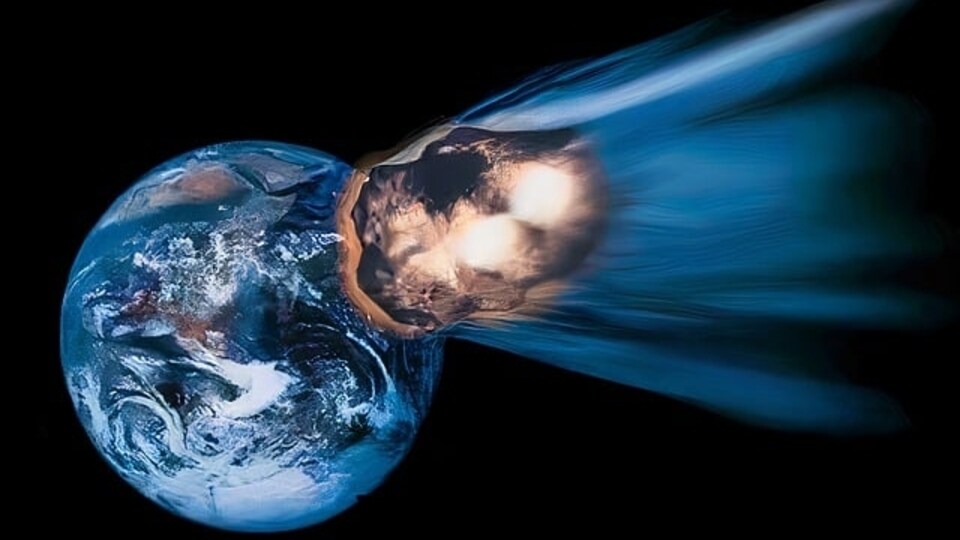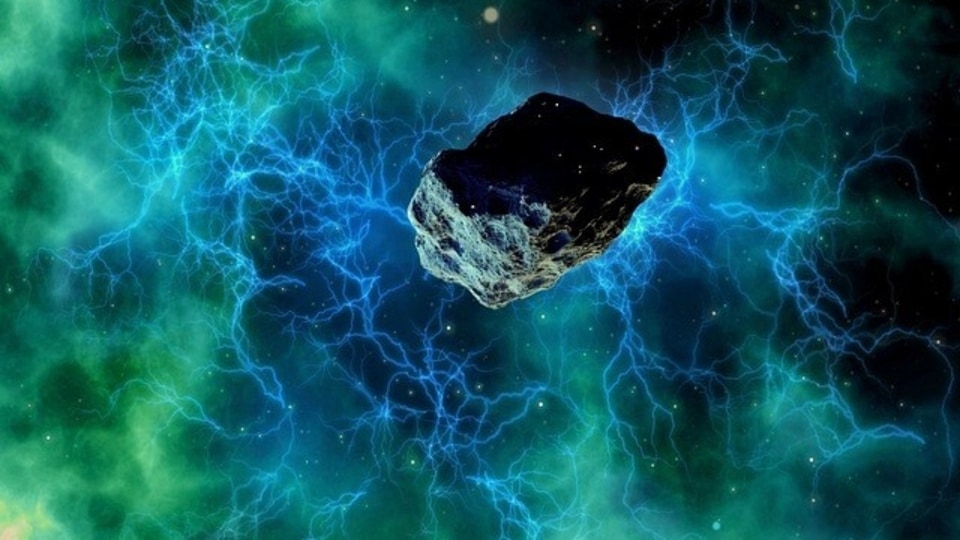95-feet asteroid set for close approach with Earth! Check speed, size and more
NASA has revealed that an aircraft-sized asteroid is expected to make its closest approach to Earth today. Will it impact the surface? Know its details such as speed, size, and distance.






 View all Images
View all ImagesAsteroids are rocky, airless remnants left over from the early formation of our solar system around 4.6 billion years ago, according to NASA. While most of them are located in the main asteroid belt between the orbits of Mars and Jupiter, the orbits of these space rocks sometimes bring them close to Earth. Thus, it is imperative that these asteroids are observed and tracked for potentially hazardous situations. NASA has various ground and space-based telescopes to study them.
With the help of high-tech instruments such as the Wide-field Infrared Survey Explorer (WISE), and the Asteroid Terrestrial-impact Last Alert System (ATLAS), NASA has revealed details about an asteroid that will make its closest approach to Earth today.
Details about Asteroid 2022 BS2
According to NASA, Asteroid 2022 BS2 is a near-Earth asteroid that is expected to make its closest approach to Earth today, August 11. During this approach, it will come as close as 6.6 million kilometers to the planet. Although it will not impact, this distance is enough to classify it as a Near-Earth Object.
According to NASA, Asteroid 2022 BS2 is almost 95 feet wide, making it almost as big as an aircraft! It belongs to the Apollo group of Near-Earth Asteroids, which are Earth-crossing space rocks with semi-major axes larger than Earth's. These asteroids are named after the humongous 1862 Apollo asteroid, discovered by German astronomer Karl Reinmuth in the 1930s.
As per NASA's Minor Planet Center, this asteroid orbits the Sun every 380 days. This space rock was detected on January 27, 2022.
Did you know?
In research published in the Monthly Notices of the Royal Astronomical Society, MIT scientists have developed a new method to study the internal structure of the space rock based on how the spin of the asteroid changes when it makes a close approach with a huge celestial object, like a planet. This will help in understanding the internal structure of the asteroid as well as the weight distribution, which could help in future DART Missions.
The team of MIT scientists looks to apply this research to a Near-Earth Asteroid named Apophis. Although this asteroid is not expected to impact Earth anytime soon, a slight deviation in its trajectory could send it hurtling towards the planet.
Catch all the Latest Tech News, Mobile News, Laptop News, Gaming news, Wearables News , How To News, also keep up with us on Whatsapp channel,Twitter, Facebook, Google News, and Instagram. For our latest videos, subscribe to our YouTube channel.





























